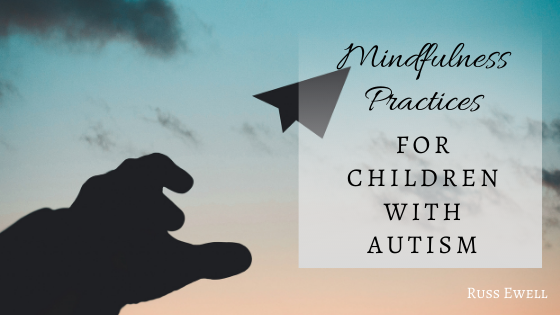Any special education teacher or paraprofessional who provides instruction to students with autism can attest to the chaotic nature of the classroom that can often seem to take over – despite the best practices of the responsible adults in the room.
Exciting new hands-on research shows that the at-school behavior of children with autism can be transformed by practicing one or more mindfulness techniques.
Here, we will delve into the best mindfulness practices that work for restoring order and calm both in the minds of children with autism and in the classroom environment.
Circle of Control
The axiom that you should only focus on that which is in your power to change while ignoring things outside of your control is so widespread because it is accurate.
Focusing too much on events outside of our control can trigger intense anxiety. This response is more acute, often, in children with autism because of an impaired ability to regulate and manage emotions.
A practical way to illustrate the Circle of Control for a child with autism is to draw a diagram in the shape of a circle. Then, put activities or events that are inside of the child’s control inside the borders of the circle. Similarly, those items that are outside of the child’s control should be placed outside of the circle.
It is imperative to understand exactly what is within our power to change and what is not.
Meditation
Meditation is a powerful tool with the potential to rewire our brains to produce positive change in the form of less anxiety and greater calm.
For children with autism, teachers of groups of students with autism report the greatest success with techniques that focus the listener on an outside voice, cutting down on the internal chatter that can drive anxiety levels skyward and reduce mindfulness.
Reduction of Sensory Inputs
For people without autism, we can be easily overwhelmed by too much sensory input, whether in the form of bright, oppressive lighting, YouTube videos on an endless stream, or loud music.
Children with autism are even more susceptible to this type of sensory overload. Therefore, minimizing the amount of input that the child receives can achieve serious benefits in terms of greater mindfulness.
By regularly practicing these three methods, you can help your students develop a greater sense of inner peace and calm that will serve them well throughout life.

